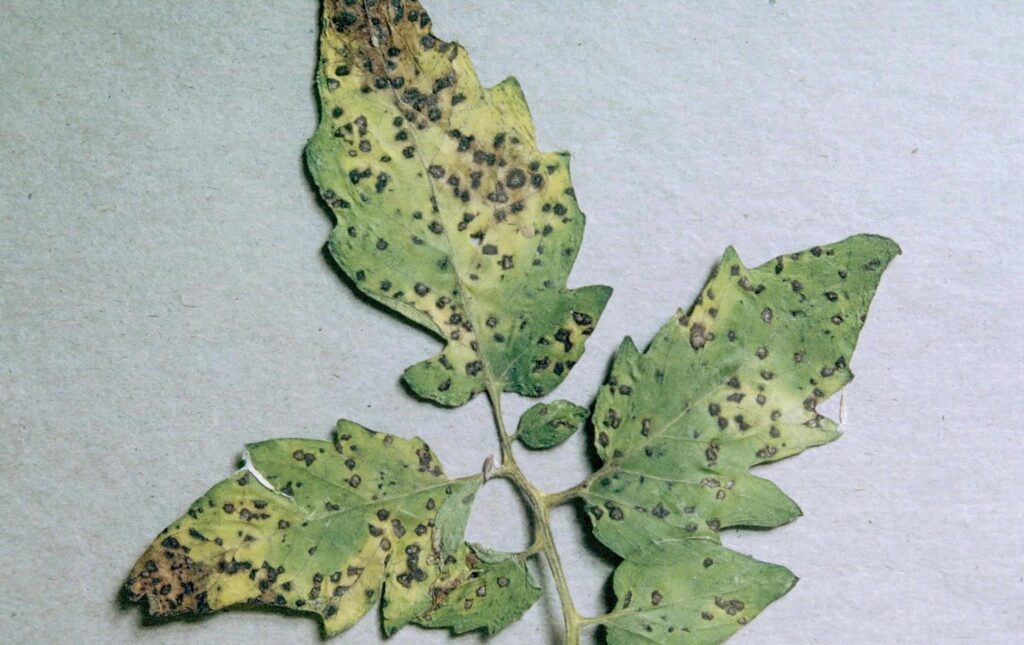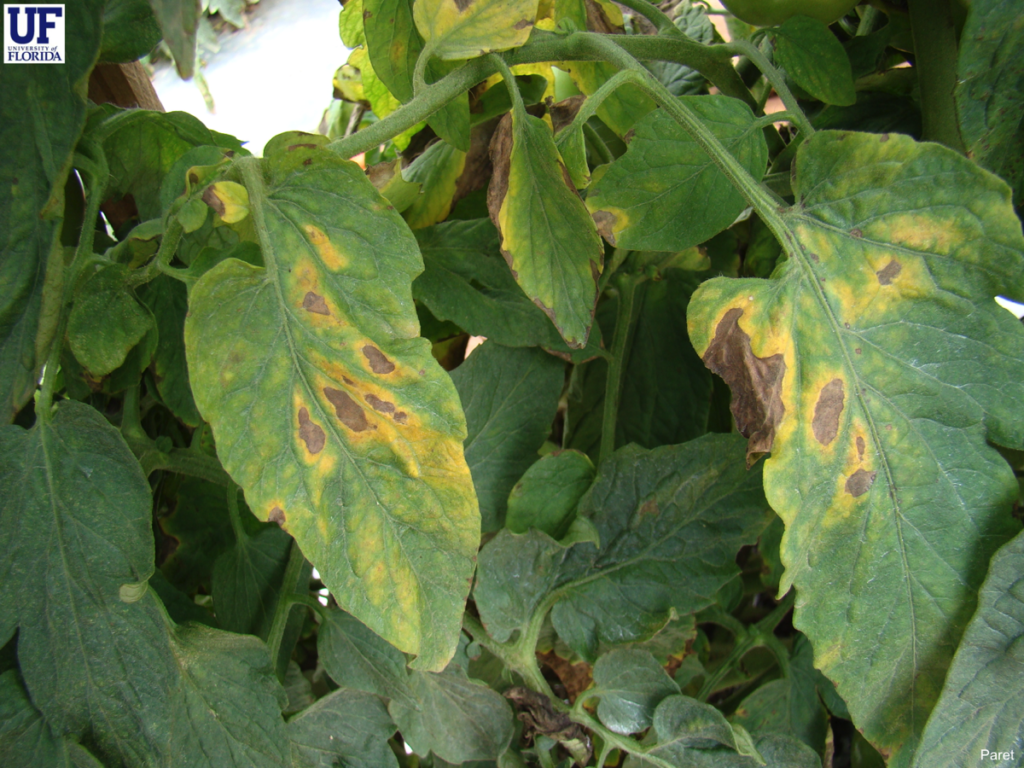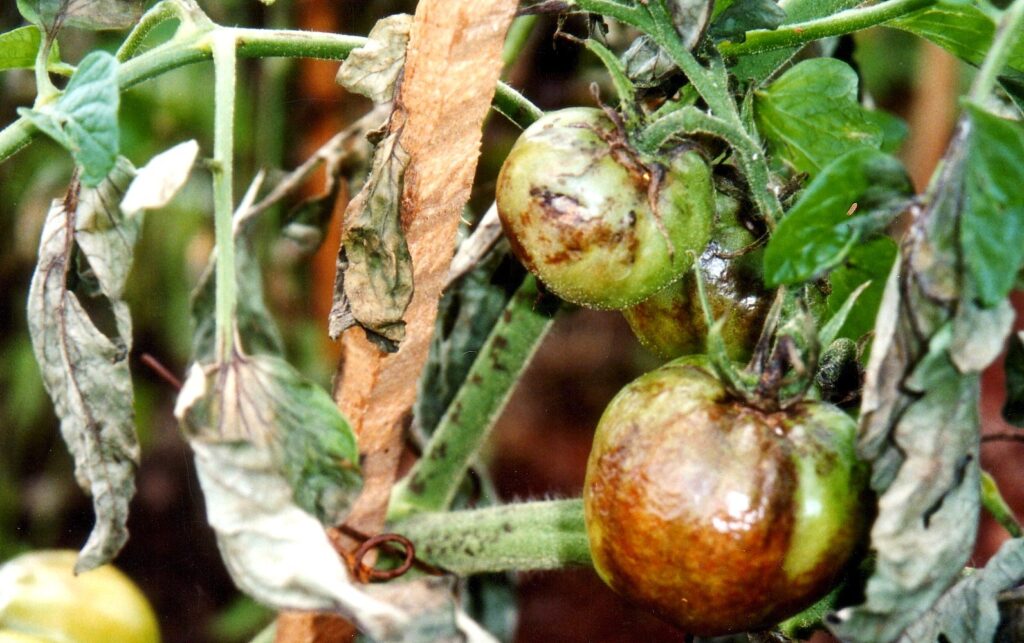Most of the questions that will be coming in will relate to tomato problems, and earlier this summer, relate to tomato problems.

As in most years, the most frequent problem with tomatoes this year will be leaf spot and blight being so humid and hot along with the rain recently. There are several common fungal blights with Septoria leaf spot being the most common. It causes small dark spots on the leaves then the leaves tend to turn yellow and fall off. It usually starts at the bottom of the plant and works its way upwards. If you water your garden with overhead sprinklers, that can spread it too. This disease usually does not cause damage to the fruit, but the plant loses so many leaves that it cannot support a good crop of fruit and the remaining fruit can get sunscald.


The other two main diseases of tomatoes are late blight and early blight. They cause larger, blotchy spots to develop on the leaves and fruit. Early blight can happen now with late blight later in August. All three of these diseases can be controlled with a preventive fungicide spray especially when you start to see the early signs. Use an all-purpose garden fungicide Daconil.
Not common in our area are bacterial spot and bacterial speck. These bacterial diseases cause small dark spots to develop on the fruit and leaves. The spots are usually surrounded by a yellow halo at the initial stages of the disease. Unlike fungal diseases, fungicides are of little use in controlling bacterial disease problems.
Since I have mulch around the plants with plastic mulch, the problem has been reduced. Spacing plants apart and staking to allow for good air circulation is also helpful. Using tomato cages around plants can help too. Unfortunately, most of the inexpensive tomato cages that are sold are simply not that strong and usually collapse under the weight of a large plant in a windstorm, so I pound a tee post into the ground and tie it to the cage. A stronger cage or other support is more helpful. Using drip tube irrigation helps control foliage diseases by keeping them dry without having to overhead water.
